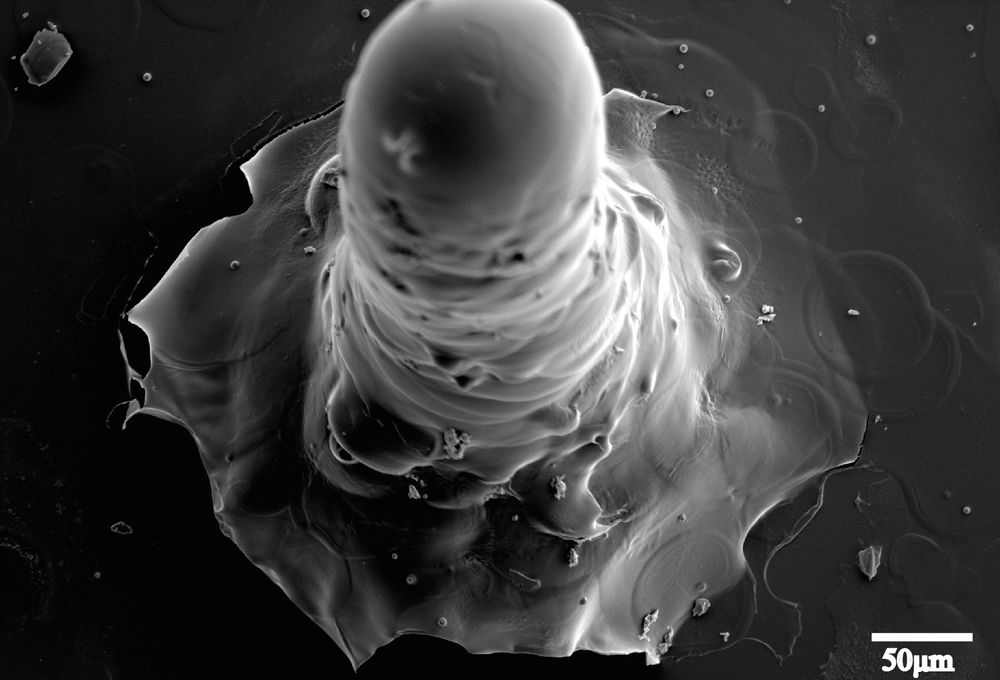If you’ve ever seen the 80’s movie, “Innerspace,” then this idea may not be that hard to imagine. If not, what we’re talking about is a tiny submersible pod being injected into a man’s body and what was once only a movie plot, could soon become a reality. The new device that’s been developed by University of Sheffield engineers is a microscopic rocket that could hopefully one day be used to deliver medicine throughout the body or even hunt for cancer cells.
It’s not the first time this type of idea has come to fruition, but the difference with these rockets is that they’re much safer, smaller, and more cost-effective to produce. Built by a 3D inkjet printer that uses liquid silk and an enzyme for its thrust, this rocket certainly is one like no other. Xiubo Zhao, the project’s supervisor, says that his team’s rocket is biocompatible and very eco-friendly. After completing its task, the rocket would simply biodegrade inside the patient’s body.
However, the miniature rockets are not quite ready for medical use just yet. Currently, the team is using hydrogen peroxide as a fuel to propel the vessel forward, but this is toxic to humans, so another solution needs to be found. The other issue is the size of the rockets. Although they are micro, and only around the width of a human hair, that’s still too big to be injected into a person without potentially becoming lodged and causing further damage.
Until these issues have been addressed, the team is hopeful the rockets may be used as an application for the outer body, such as a detection device for cancerous cells. Either way, you can be sure we will see more of these micro-rockets in the very near future.
Research article; Reactive Inkjet Printing of Biocompatible Enzyme-Powered Silk Micro-Rockets / Small
More News To Read
- If We Can’t See Black Holes, How Do We Know They Really Exist?
- Scientists Have Found a New Form of Hydrogen
- Will We Ever See a Universal Flu Vaccine Developed Within our Lifetime?!…
- Protect Yourself on Facebook By Following These Handy Tips
- Does Our Appendix Really Hold Any Purpose? Scientists Have Discovered It’s Really Important











